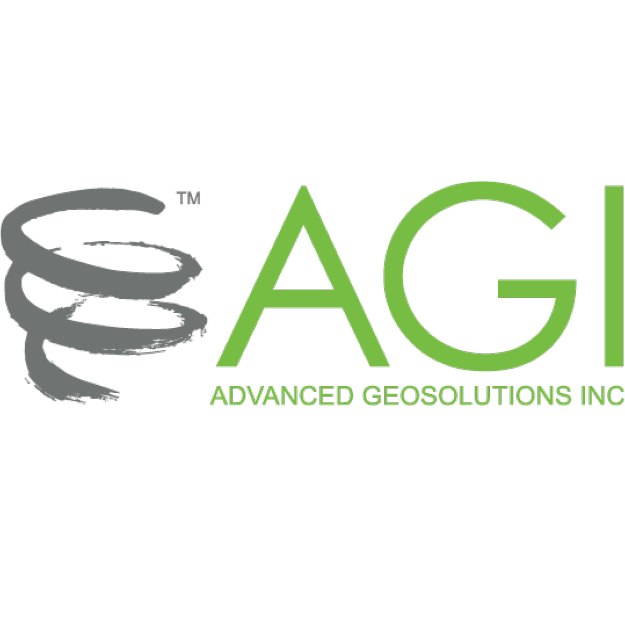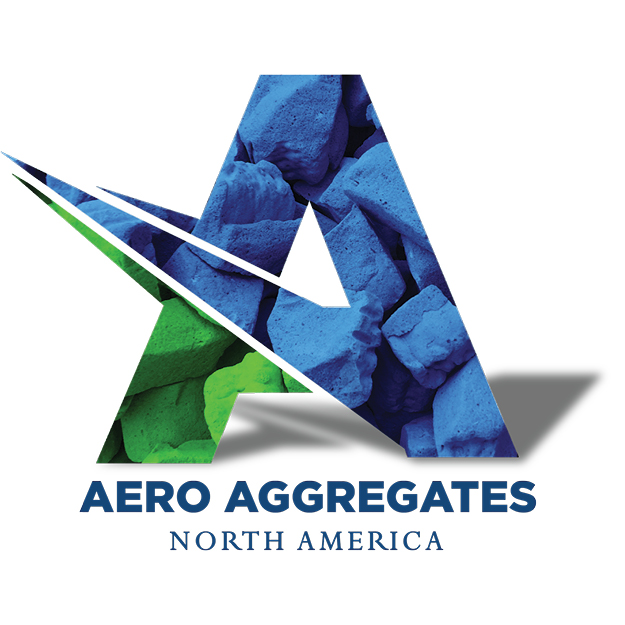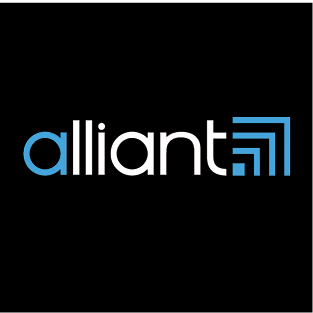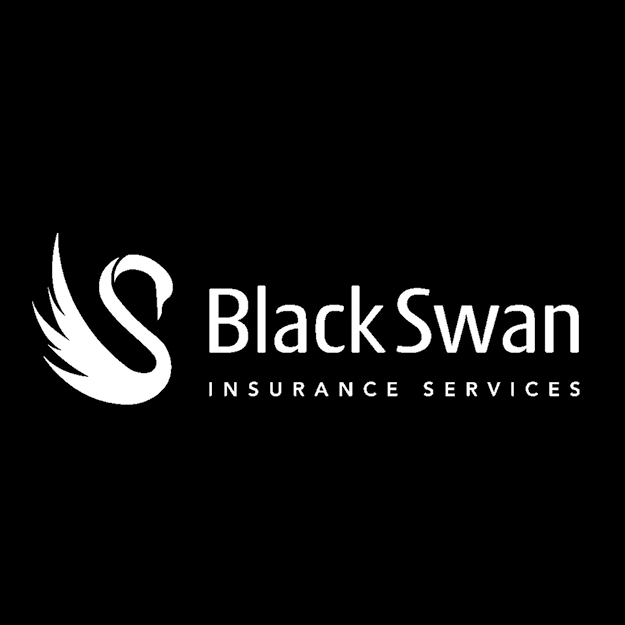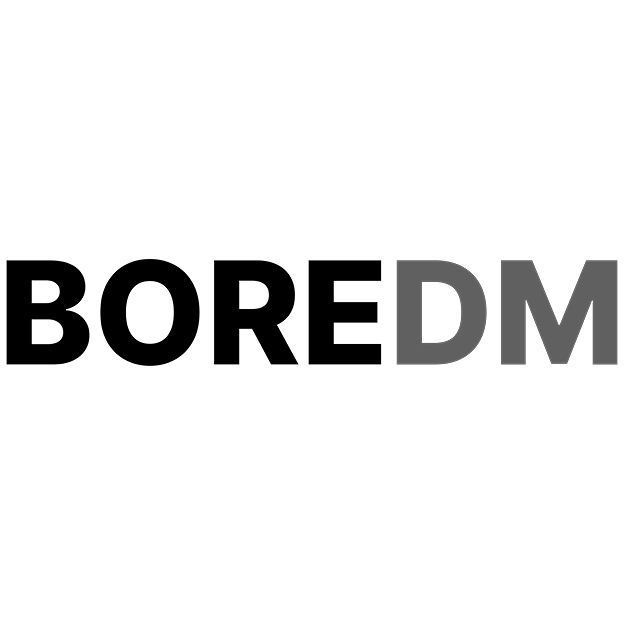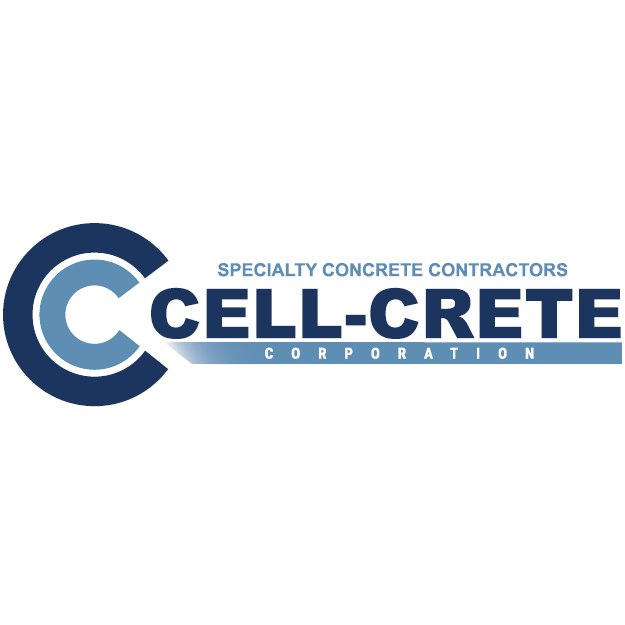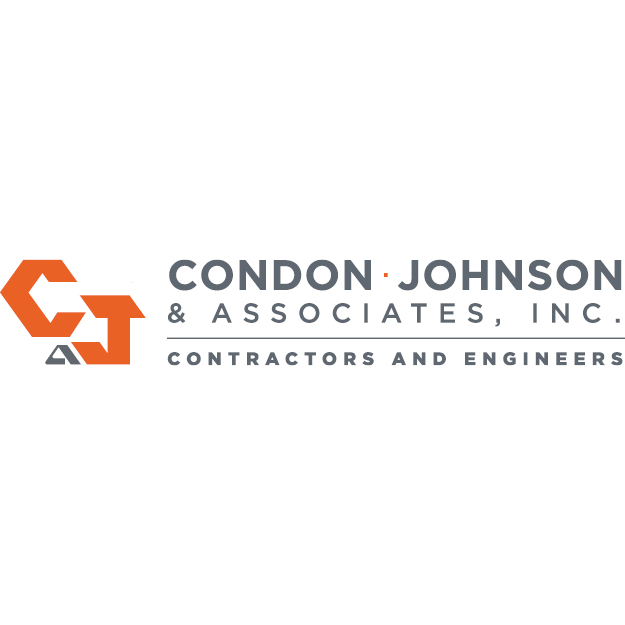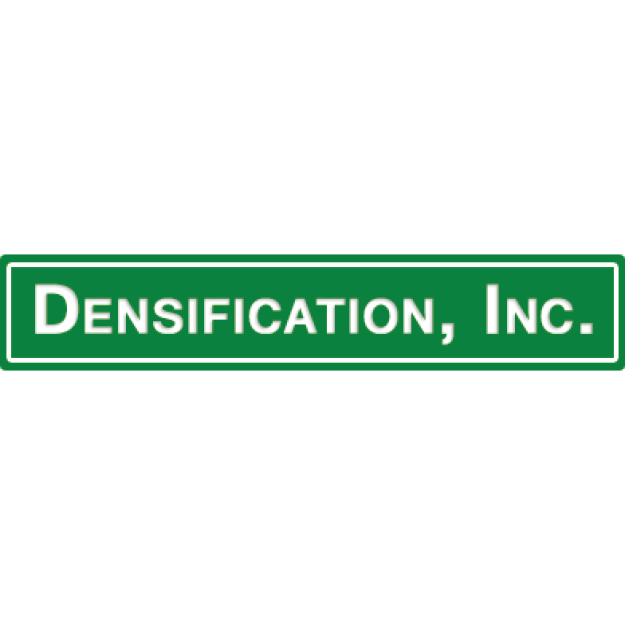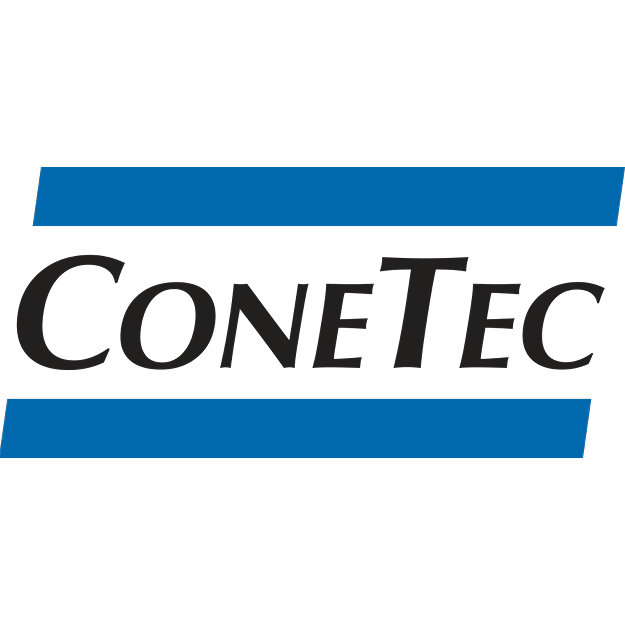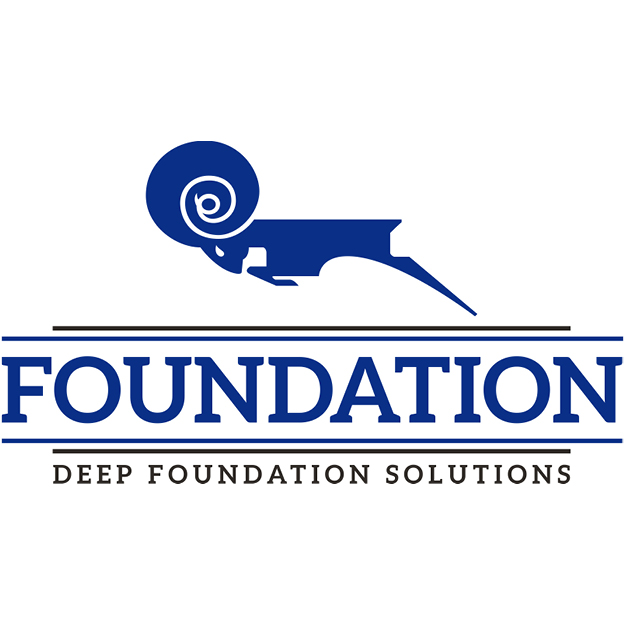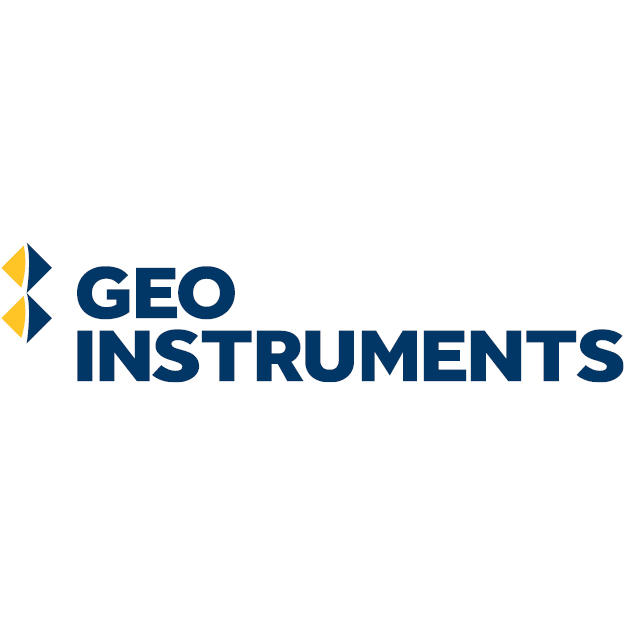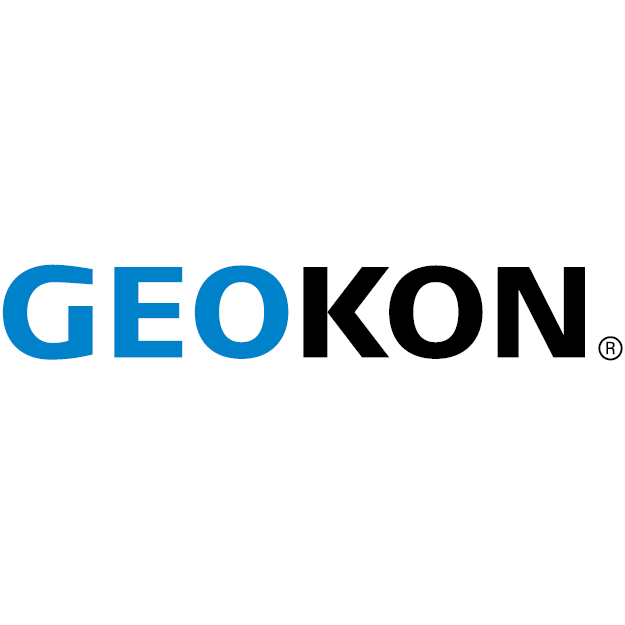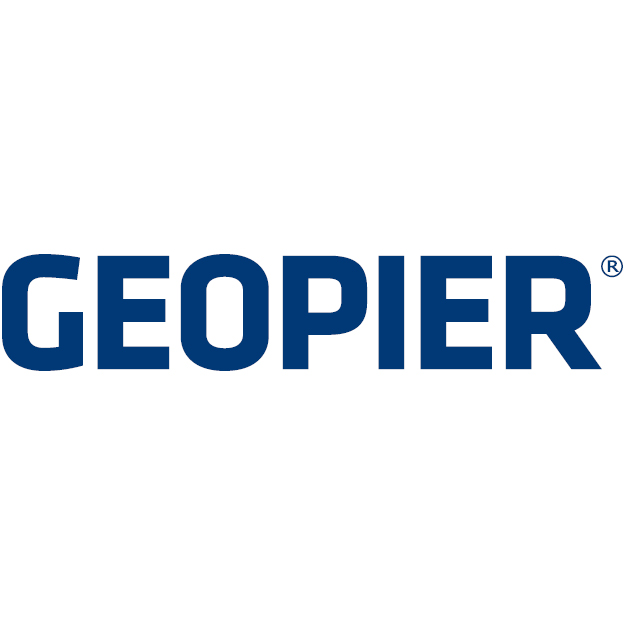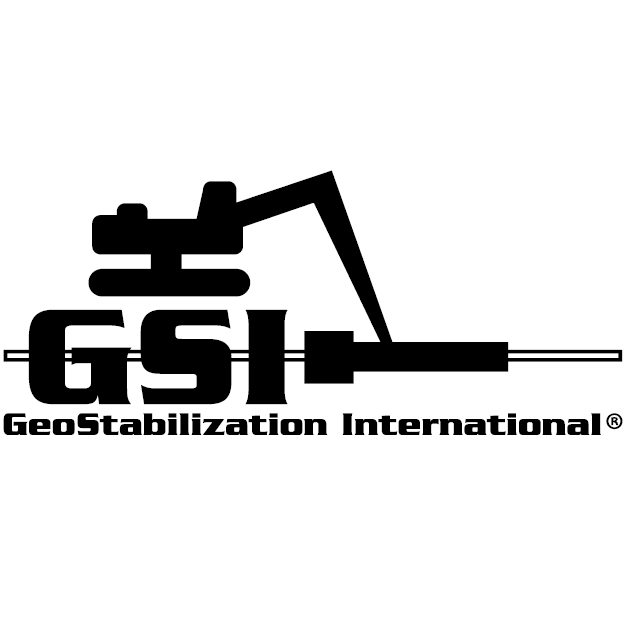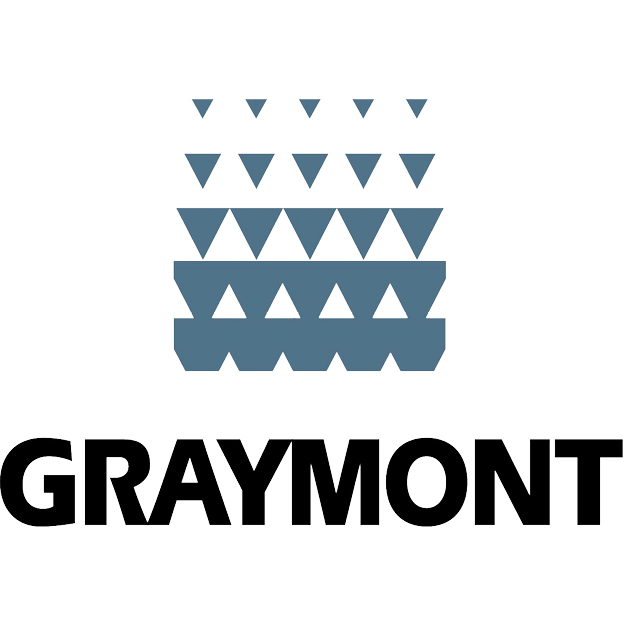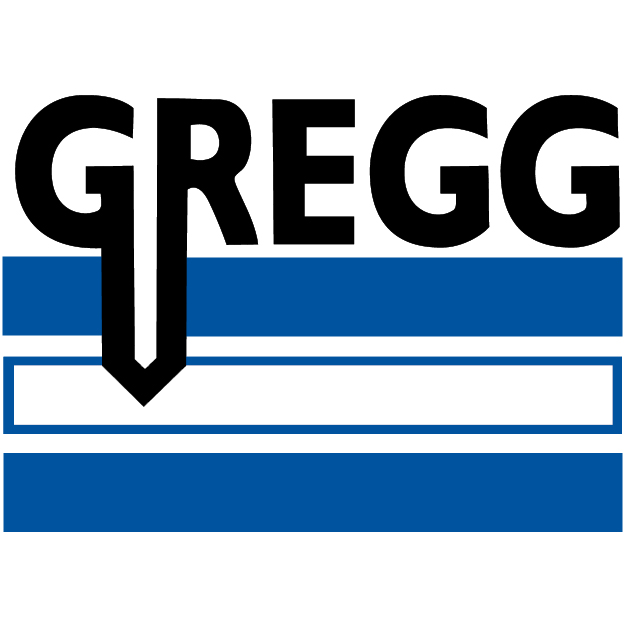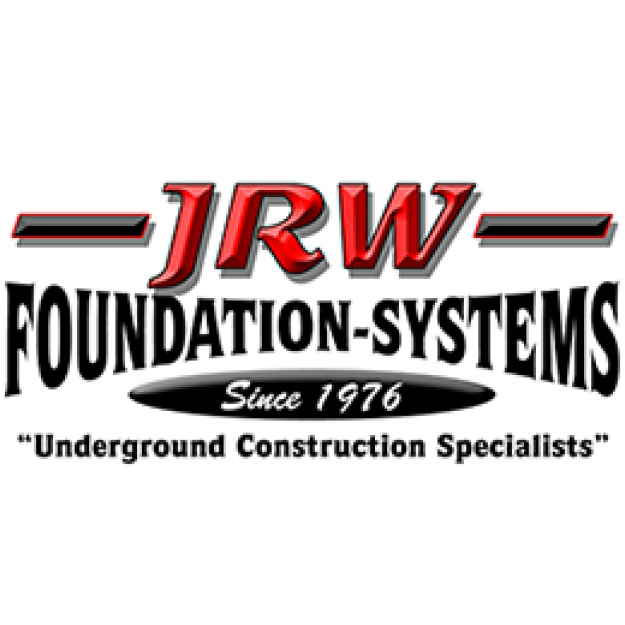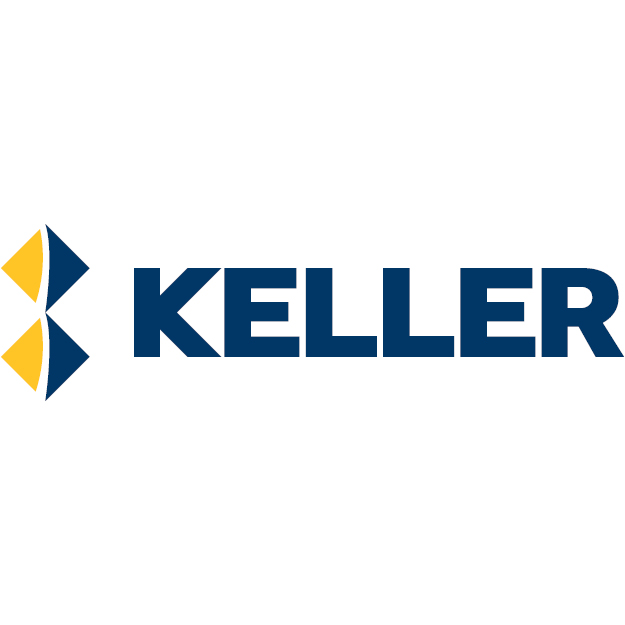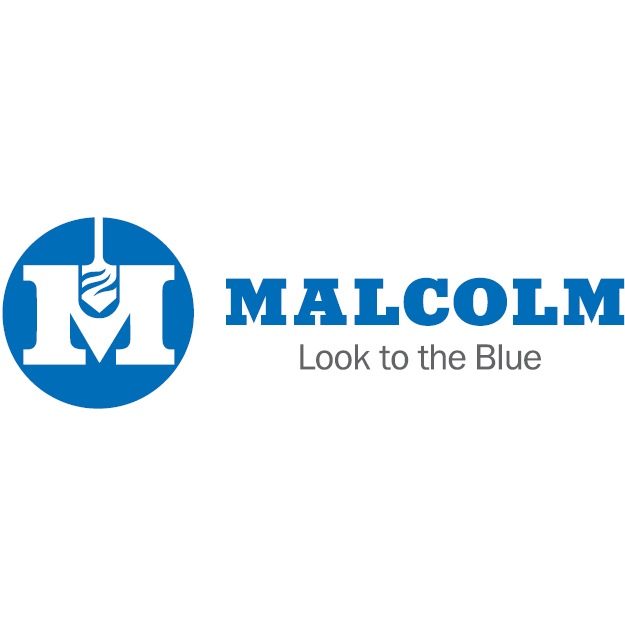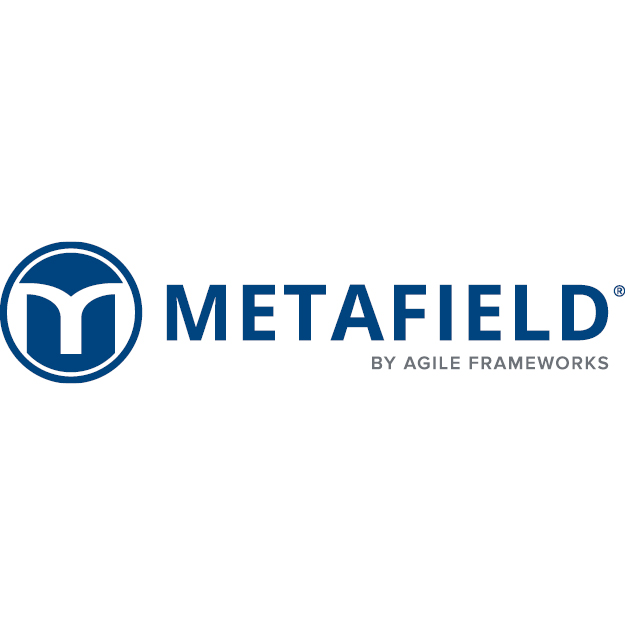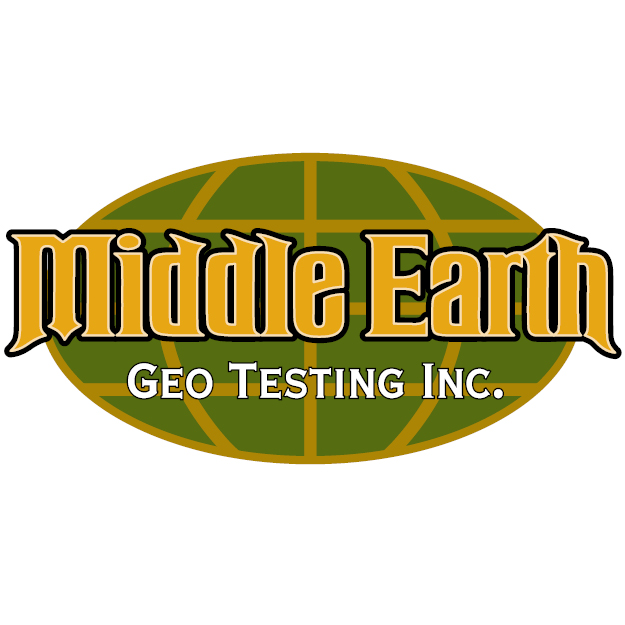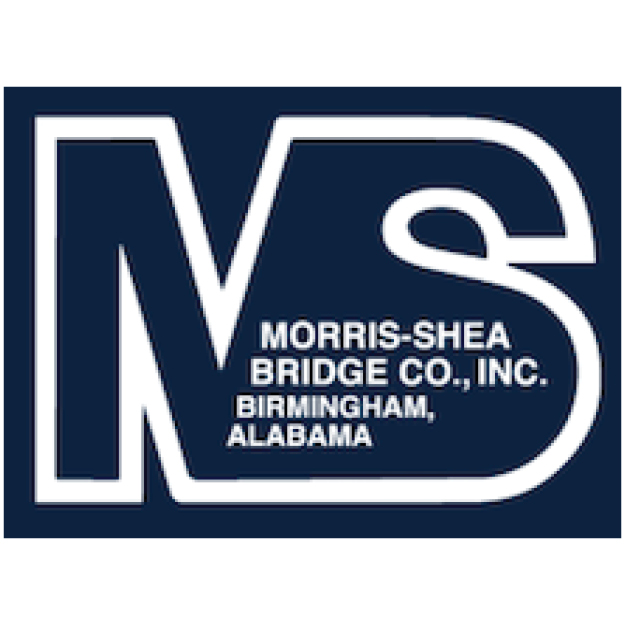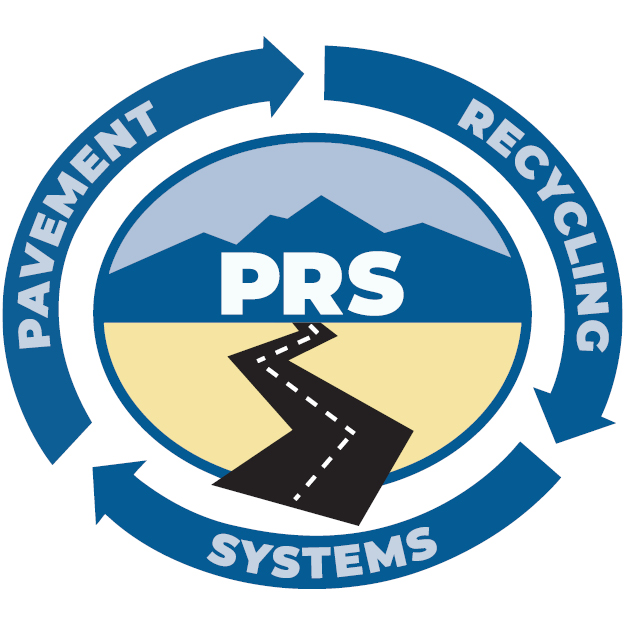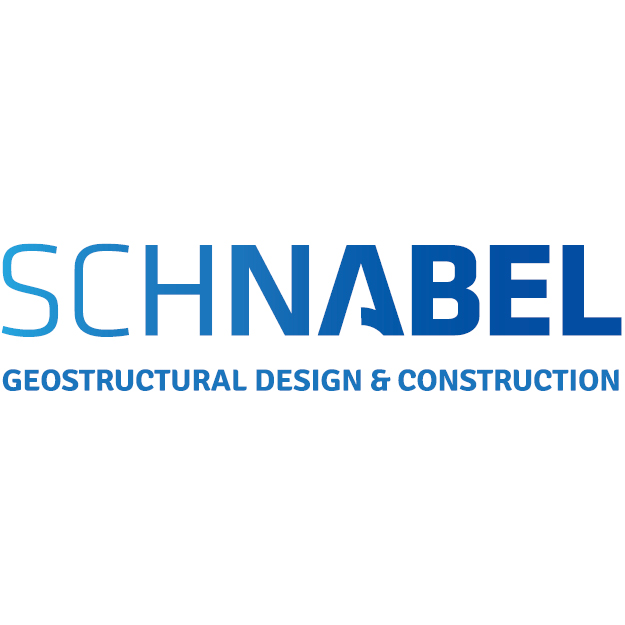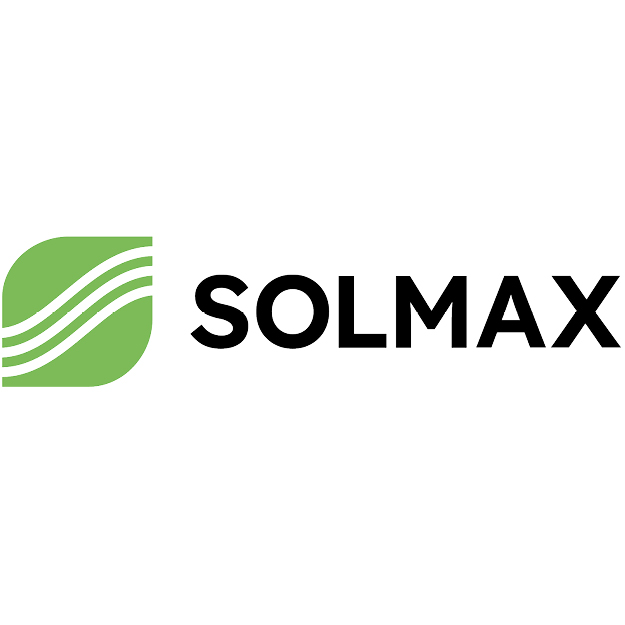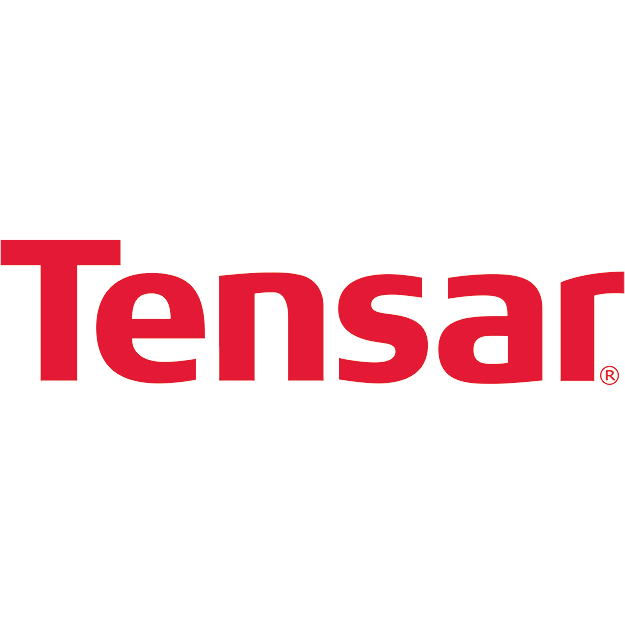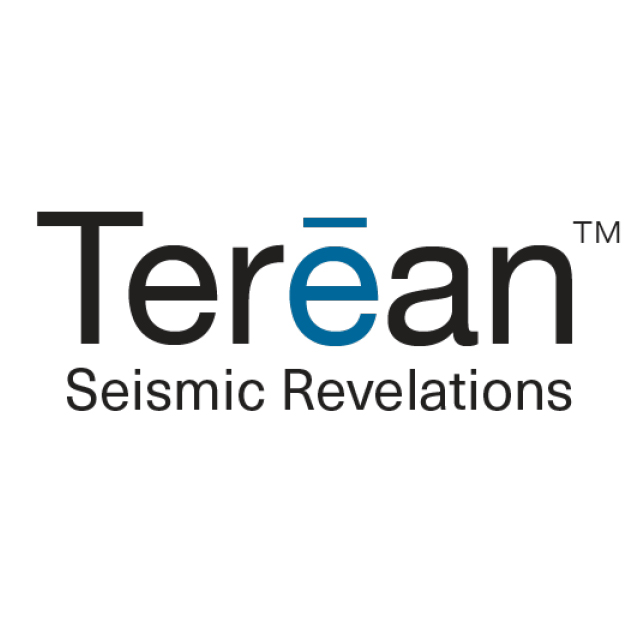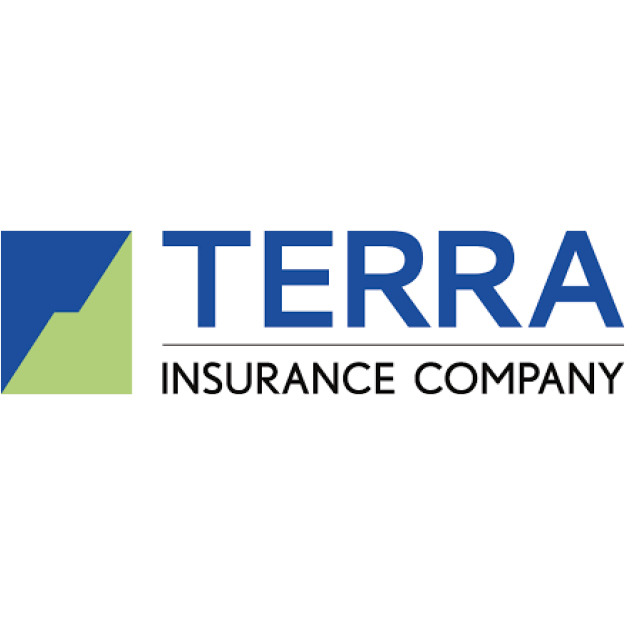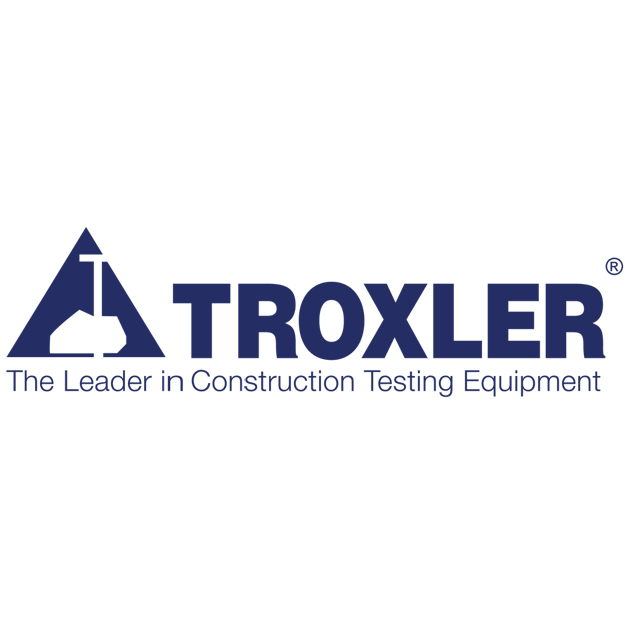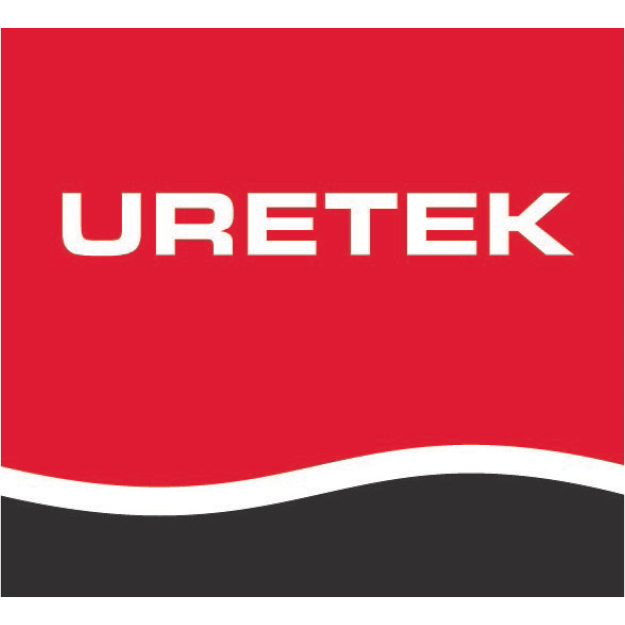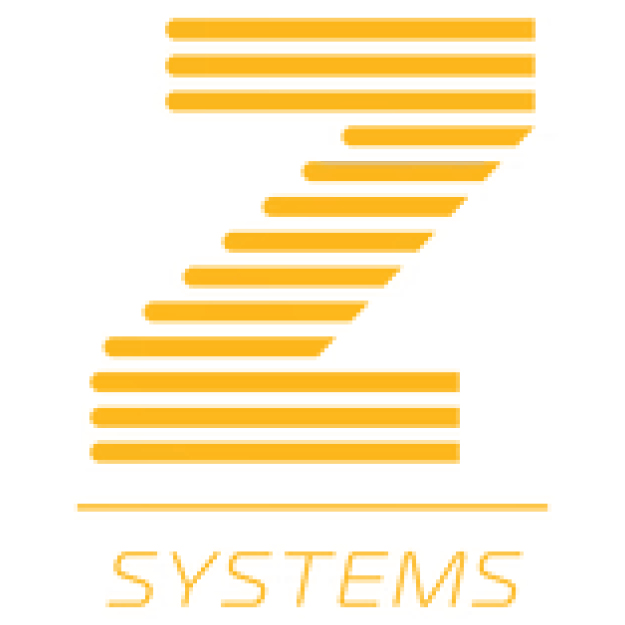October 2023
AB334-Based Contract Language Recommendation - Consulting Allowed on Multiple Phases of a Public Project
AB334, which relates to geotechnical engineers being able to consult on multiple phases of a public project, has passed and will go into effect on January 1, 2024.
An explainer on AB334 from CalGeo's partner, ACEC, can be accessed HERE.
Importantly, it is recommended that you start using the following phrasing in your contract language on public projects. By using such language, you establish yourself as being able to bid on other phases of the project.
"Contractor/consultant’s duties and services under this agreement shall not include preparing or assisting the public entity with any portion of the public entity’s preparation of a request for proposals, request for qualifications, or any other solicitation regarding a subsequent or additional contract with the public entity. The public entity entering this agreement shall at all times retain responsibility for public contracting, including with respect to any subsequent phase of this project. Contractor/consultant’s participation in the planning, discussions, or drawing of project plans or specifications shall be limited to conceptual, preliminary, or initial plans or specifications. Contractor/consultant shall cooperate with the public entity to ensure that all bidders for a subsequent contract on any subsequent phase of this project have access to the same information, including all conceptual, preliminary, or initial plans or specifications prepared by contractor pursuant to this agreement."
December 2020
CCM+ S Newsletter: California Revises Employee-Independent Contractor Test Again
California Governor Newsom recently signed Assembly Bill 2257 (AB 2257) into law, which has been referred to as a “clean up” bill to Assembly Bill 5 (AB 5), the 2019 watershed legislation that changed the test to determine if a worker is an employee or an independent contractor. AB 2257 replaced AB 5 and added exemptions and clarifications to the test in AB 5, making it easier to classify third parties as independent contractors, including in construction and professional design services.
Evolution of the Independent Contractor Test in California
Several years ago, an employer used an 11-factor test to determine if a worker was an employee or independent contractor. This test, called the Borello test (based on the 1989 California Supreme Court case S. G. Borello & Sons, Inc. v. Department of Industrial Relations), looked at the overall nature of the relationship and focused on whether the company had control over the worker as to both the work done and the manner and means by which the work was performed. The court then changed the test in its 2018 decision, Dynamex Operations West, Inc. v. Superior Court of Los Angeles, and the Legislature adopted this test in 2019 via AB 5. AB 5 and Dynamex apply a three-part “A-B-C” test to determine if a worker is an employee or an independent contractor. AB 2257 keeps the A-B-C test, which presumes that any person providing labor is an employee, unless the hirer can satisfy each element of the test:
A. The worker is free from the control and direction of the hirer in connection with the performance of the work;
B. The worker performs work outside of the usual course of the hirer’s business; and
C. The worker is customarily engaged in an independently established trade, occupation, or business of the same nature as that involved in the work performed.
If the hirer cannot establish all three factors for their workers, the workers are considered employees and not independent contractors under the Labor Code, the Unemployment Insurance Code, and the wage orders of the Industrial Welfare Commission.
The A-B-C test does not apply to all workers in California. AB 5 carved out exemptions for licensed architects, engineers, accountants, and other professional services. If a worker is exempt, then an employer would still apply the old Borello test that balances factors to determine if the worker is treated more like an employee or an independent contractor. AB 2257 now creates additional exemptions from the A-B-C test, as outlined below, and so it increases the use of the Borello test. A hiring entity must first determine which test to use (A-B-C or Borello) and then assess its relationship with a worker under the appropriate test.
The Borello Test – When a Worker Is Exempt From the A-B-C Test
The A-B-C test is the default test, and a hirer must establish that a worker is subject to an exemption. If it establishes an exemption, the law assesses the relationship using the Borello test, which looks at the entirety of the relationship and assesses the overall “economic reality” of the relationship. The most significant factor in the Borello test is whether the company has control (or the right to control) the worker both as to the work done and the manner in which the work is performed. Essentially, does the hiring entity control the means and methods of the worker, or is the hiring entity only focused on the final product? It also considers additional factors (depending on the issues involved), such as:
• whether the person performing work is engaged in an occupation distinct from that of the company;
• whether the work is part of the company’s regular business;
• whether the company or the worker supplies the equipment, tools, and the place for the person doing the work;
• the worker’s financial investment in the equipment or materials required to perform the work;
• the skill required in the particular occupation;
• the kind of occupation, with reference to whether, in the locality, the work is usually done under the company’s direction or by a specialist without supervision;
• the worker’s opportunity for profit or loss depending on his or her own managerial skill (a potential for profit does not include bonuses);
• how long the services are to be performed;
• the degree of permanence of the working relationship;
• the payment method, whether by time or by the job; or
• whether the parties believe they are creating an employer/employee relationship.
The Borello test does not automatically make an individual an employee based on one fact or factor. Instead all factors are balanced and weighed against each other to determine if a worker is more like an employee or an independent contractor based on the “economic reality” of their relationship. This is different from the A-B-C test which requires the hiring party to establish all three elements of the test in order to classify the worker as an independent contractor.
Retroactivity
AB 2257 adds Labor Code section 2785(b), which applies retroactively to existing claims and actions to the maximum extent permitted by law. If a business is dealing with independent contractor misclassification claims, this section may provide some relief thanks to the expansion of exemptions to the A-B-C test.
Key Exemptions to the A-B-C Test
• Licensed Professional Exemption
• Bona-Fide Business-to-Business Exemption
• Single-Engagement or Event Business to Business Exemption
• Construction Subcontractor Licensed by CSLB
• Miscellaneous Professional Services Exemption
• Musical Industry Exemption
Licensed Professional Exemption
The law specifically exempts certain occupations from the A-B-C test. Notably, an individual who holds an active license from the State of California and is a practicing architect, landscape architect, engineer, lawyer, private investigator, or accountant is exempt. AB 2257 expanded the exemption to include landscape architects. An employer would use the older Borello test to determine if the licensed professional should be classified as an employee or independent contractor. It is important to note that this exception only applies to licensed individuals, not someone generally working in the profession.
Labor Code section 2783 contains additional exemptions for other professions (such as insurance industry professionals, security brokers, and newspaper distributors). This demonstrates an important point about AB 2257 – many industries successfully lobbied for an exemption, and even if a relationship does not meet one of the general exemptions, it is worth reviewing the law for potential loopholes.
Expansion of the Bona Fide Business-to-Business Exemption to Sole Proprietors and Partnerships
AB 5 included a test to exempt bona fide business-to-business relationships from the A-B-C test, but only for corporations and LLCs. This left sole proprietors working under their own shingle out in the cold. Fortunately, AB 2257 created Labor Code section 2776, which broadens the eligibility for this exemption so that it now includes a separate sole proprietor, or a business entity formed as a partnership, limited liability company, limited liability partnership, or corporation. The relationship is exempt from the A-B-C test and the parties would use the Borello test if they can demonstrate all of the following:
1. The business service provider is free from the control and direction of the contracting business entity in connection with the performance of the work, both under the contract for the performance of the work and in fact.
2. The business service provider is providing services directly to the contracting business rather than to customers of the contracting business. There is no need to establish this factor if:
o The business service provider’s employees are solely performing the services under the contract under the name of the business service provider; and
o The business service provider regularly contracts with other businesses.
3. The contract with the business service provider is in writing and specifies the payment amount, including any applicable rate of pay, for services to be performed, as well as the due date of payment for such services.
4. If the work is performed in a jurisdiction that requires the business service provider to have a business license or business tax registration, the business service provider has the required business license or business tax registration.
5. The business service provider maintains a business location, which may include the business service provider’s residence, that is separate from the business or work location of the contracting business.
6. The business service provider is customarily engaged in an independently established business of the same nature as that involved in the work performed.
7. The business service provider can contract with other businesses to provide the same or similar services and maintain a clientele without restrictions from the hiring entity.
8. The business service provider advertises and holds itself out to the public as available to provide the same or similar services.
9. Consistent with the nature of the work, the business service provider provides its own tools, vehicles, and equipment to perform the services, not including any proprietary materials that may be necessary to perform the services under the contract.
10. The business service provider can negotiate its own rates.
11. Consistent with the nature of the work, the business service provider can set its own hours and location of work.
12. The business service provider is not performing the type of work for which a license from the Contractors’ State License Board is required (as this relationship is governed by a different exemption, noted below).
Although this is a long list and a hiring entity must establish each of the elements, most bona fide business-to-business relationships will pass the test. However, the prudent business should confirm its third-party contracts satisfy this test, if other exceptions are not available.
“Single-Engagement” or Event Business to Business Exemption
AB 2257 created Labor Code section 2779 which establishes an exemption for event contractors so that hiring someone as an independent contractor for a one-off event is easier. If two individuals contract and each individual has their own business (either as a sole proprietor or separate business entity such as an LLC or corporation) at the location of a “single-engagement event” or series of events, the exemption applies (and so the parties would use the Borello test) if:
1. Neither individual is subject to the control and direction of the other in the course of the performance of their work;
2. Each individual has the ability to set their own rate with the other;
3. There is a written contract between both individuals that specifies the total amount of payment for both parties;
4. The individuals maintain their own business locations;
5. The individuals provide their own tools and equipment required;
6. They have the requisite business license or business tax registration (provided the jurisdiction they are in requires one);
7. Each individual is customarily engaged in the same or similar type of work they are performing under the contract; and
8. Each individual may freely contract with other businesses to provide those services without restrictions.
The bill provides that “single-engagement” events refer to stand-alone non-recurring events that take place at a single location, or a series of events in the same location, so long as they do not occur more than once a week.
Licensed Construction Subcontractor Exemption
Construction subcontractors remain exempt from the A-B-C test. The relationship is governed by the Borello decision if the contract meets the following criteria:
1. the subcontract is in writing;
2. The subcontractor is licensed by the Contractors’ State License Board and the work is within the scope of that license;
3. The subcontractor has the required business license (if the jurisdiction requires one);
4. The subcontractor maintains a business location separate from the business location of the contractor;
5. The subcontractor has the authority to fire and hire other persons;
6. The subcontractor assumes financial responsibility for errors in labor or services provided; and
7. The subcontractor is customarily engaged in an independently established business of the same nature as that involved in the work performed.
This provision does not apply to truckers who own their truck and work as employees of a trucking company, although the trucking industry is litigating this issue and it may possibly change.
Expansion of Professional Services Exemptions
AB 2257 also expanded and clarified additional exemptions for certain “professional services” in Labor Code section 2778. For purposes of this law, “professional services” includes services for human resources administration, marketing involving original and creative content, graphic design, fine art and photography, appraisers, home inspectors, professional foresters, referral agencies, professional photographers, videographers, freelance writers, content creators, and photo editors, as well as some other limited artistic or technical work. Individuals providing professional services are exempt from the A-B-C test when the individuals perform the specified work under the law and:
1. maintain a business location separate from the hiring entity;
2. have a business license, in addition to any required professional licenses or permits for the individual to practice in their profession;
3. set their own rates;
4. control their own hours;
5. hold themselves out as able to do the same type of work for others; and
6. have discretion and judgment in performing the services.
Musical Recording Exemptions
AB 2257 provided greater clarity for exemptions from the A-B-C test related to the creation, promotion, and distribution of music. Recording artists, songwriters, record producers, musicians, music engineers, photographers for marketing shoots, and any other individual engaged to render any creative, production, marketing, or independent music services now fall under the Borello test.
This exemption does not apply to film and television production crews, musicians engaged in one-time performances, or musicians who do not receive royalties. For example, a musician or recording artist who negotiated and was paid through royalties would be subject to Borello and would likely be an independent contractor, whereas a musician who was not a royalty-based participant in the work created during a specific engagement would be treated as an employee (e.g., a musician in a symphony orchestra would be an employee because they would not be subject to this exemption).
Final Thoughts
The Legislature recognized that AB 5 pushed the pendulum too far towards classifying workers as employees, and this new bill creates helpful new exemptions and restores more balance to the independent contractor determination. Current estimates place national worker misclassification between 10% and 30%, which creates major exposure risks for employers. This new bill should lessen that risk, but cautious employers will ensure their contracts and relationships with independent contractors – especially with sole proprietors – can pass the appropriate test.
Collins Collins Muir + Stewart has a team ready to help you navigate the constantly shifting standards for worker classification. Contact us to discuss further.
Ryan J. Kohler, Esq.
[email protected]
Carole Daniel
[email protected]
Nothing contained in this article should be considered legal advice. Anyone who reads this article should consult with an attorney before acting on anything contained in this or any other article on legal matters, as facts and circumstances will vary from case to case.
October 2020
Code 1090 Guidance
CalGeo's President Martin McIlroy recently attended an AECC Meeting about developments in Code 1090 decisions and a guidance document that the Fair Political Practices Commission (FPPC) recently released. The links to the documents are included below.
Section 1090 6-page Quick Guide
This guidance document allows for engineers/geologists to perform services at different stages of the project without having any potential conflicts of interest from one project stage to the other. There are decision documents that are included in the guidance documents that were created from inquiries about potential conflicts of interest. These form the framework for the decision process to determine if a conflict of interest exists.
The details below are taken from the 6-page Quick Guide as a brief overview.
What is “Section 1090”?
Government Code Section 1090 provides, in part, that “[m]embers of the Legislature, state, county, district, judicial district, and city officers or employees shall not be financially interested in any contract made by them in their official capacity, or by any body or board of which they are members.”
What is the purpose of Section 1090?
Section 1090 “codifies the long-standing common law rule that barred public officials from being personally financially interested in the contracts they formed in their official capacities.”
The prohibition is based on the rationale that a person cannot effectively serve two masters at the same time.
How does this affect you or Independent Contractors?
The California Supreme Court recently affirmed that Section 1090’s reference to “officers” applies to “outside advisors [independent contractors, including corporate consultants] with responsibilities for public contracting similar to those belonging to formal officers. In other words, liability extends only to independent contractors who can be said to have been entrusted with “transact[ing] on behalf of the Government.”
April 2020
Legislation in the Time of Coronavirus (From ACEC California Update April 3, 2020)
The Legislature has been on extended recess the last few weeks and was due to resume on April 13th, although this morning it was announced that they would remain on leave with no certain return date.
The two constitutional deadlines facing the Capitol the remainder of this year are:
- June 15th is the deadline for the state's annual budget bill to be passed
- August 31st is the deadline for all other bills to be passed
Legislators are being instructed to shed any nonessential or non-coronavirus related bills (read: the vast majority of their bills). The Department of Finance has already informed the Legislature and state agencies that this year's June 15 budget will be a baseline budget (i.e. a copy/paste from last year, with only the most essential changes made). A true FY20-21 budget isn't likely until August, after tax returns come in post the new July 15th filing deadline.
SB-1 and Fuel Tax
(From CSAC Legislative Representative)
CSAC staff have been in touch with the Department of Finance regarding impacts to fuel tax revenues due to the apparently significant decrease in driving and fuel consumption as Californians “shelter in place” consistent with state and local public health orders (e.g. https://www.unacast.com/covid19/social-distancing-scoreboard).
While it is still too early to determine the magnitude of the fuel tax revenue impact in March, or to forecast impacts in subsequent months, please keep the following in mind:
· Fuel excise taxes are collected a month in arrears and each successive month includes a true-up from the previous month. Accordingly, the May 2020 allocation of fuel tax revenue will provide some idea of the magnitude of the consumption reduction due to COVID-19.
· While this consumption data will be helpful, the more important issue will be the length of the effect, especially if “shelter in place” orders last for several additional weeks/months, which is currently impossible to predict.
· Recall that SB 1 removed the direct link between fuel prices and county road maintenance revenue. In prior recessions, including the “Great Recession,” fuel consumption did not decrease as significantly as fuel prices did—the current situation, however, may not be directly comparable.
· The Department of Finance normally updates its fuel consumption forecast as part of the May Revise of the Governor’s budget proposal, which typically comes out in mid-May.
Resources for Paycheck Protection/CARES Act:
Paycheck Protection Program Website
Department of Treasury CARES Act Website
The Paycheck Protection Program prioritizes millions of Americans employed by small businesses by authorizing up to $349 billion toward job retention and certain other expenses. If your firm may qualify for this new assistance, please contact your lenders and CPAs immediately for additional information and guidance, as the funds are open and available on a first-come, first-served basis.
Construction Industry:
Governor Newsom has affirmed his commitment to keeping construction moving in the State of California despite what some other states and the Bay Area counties have recently done. Specifically, he acknowledged that the strict adherence to protocols to keep workforces, and the communities they work in, safe have been working well. Things are, of course, subject to change, but at the current time the state directives for construction remain (please visit https://covid19.ca.gov/ for more information).
Finally, Caltrans has also affirmed that they will be moving forward with their projects, even in counties with stricter stay-at-home orders. For more specific information, see ACEC's COVID-19 Weekly Update.
Visit ACEC California's COVID-19 Resource page for more links and information.
January 2020
AB1768
AB 1768, which went into effect on January 1, 2020, amends the definition of “construction” work for which prevailing wages must be paid to include “work performed during the design, site assessment, feasibility study, and other pre-construction phases of construction…regardless of whether any further construction work is conducted…” Although the California Labor Code already defined “construction” to include “work performed during the design and pre-construction phases of construction, including but not limited to, inspection and land surveying work,” according to the bill’s author, Wendy Carrillo, “ambiguity as to what is considered pre-construction work has led to confusion amongst stakeholders in the construction industry as to when prevailing wage requirements apply.”
In addition to expanding the definition of construction to include site assessments and feasibility studies, the bill also specifies that pre-construction work is covered by the prevailing wage law even if no construction work occurs.
As a result of the expansion of the definition of “construction,” this would mean that if you are engaged by a public client to conduct feasibility studies and/or a site assessment for a project utilizing public funds, you must pay PW to anyone who would be performing services considered a covered trade (e.g., operating engineer/heavy equipment operator, surveyor, carpenter, cement mason, electrician, laborer, building/construction inspector (including a geotechnical engineer acting as a construction inspector), and field soils and materials testers (including a geotechnical engineer performing duties covered under soils and materials testing)).
Therefore, it’s not the title that is outcome determinative, it is the duties you are performing that determine whether you should be paid prevailing wage.
As was the case before this law passed, licensed architects, engineers, geologists, and others whose services are primarily intellectual, managerial, creative, and requires the use of independent judgment and discretion, are not subject to prevailing wage and the new law does not change that. So, if you are a licensed geotechnical engineer and you are actively engaging in inspection and/or testing (construction inspector work), this work would be subject to prevailing wage; however, if you are merely overseeing/managing, you would not be subject to prevailing wage, as was the case before the new law.
Note that there is a 6 month grace period on enforcement actions under this new law which ends on May 31, 2020.
SB205
What is SB205? Existing law requires the State Water Resources Control Board (State Water Board) and the California Regional Water Quality Control Boards (Regional Water Boards) to prescribe waste discharge requirements for the discharge of storm water by municipalities and industries in accordance with the National Pollutant Discharge Elimination System (NPDES) permit program established by the Federal Clean Water Act and the California Water Code. The existing law requires regulated municipalities and industries to obtain a storm water permit.
Senate Bill 205 (2019) requires a person applying to a city or county for a new or renewed business license to demonstrate enrollment under the NPDES Industrial Storm Water General Permit for each business location conducting regulated industrial activities described below.
SB205 became effective on January 1, 2020.
Does Senate Bill 205 impact all businesses? No. The requirements of Senate Bill 205 solely impact industrial businesses operating facilities with the following primary Standard Industrial Classification (SIC) codes:
(1) Feedlots of a specific size (SIC codes 0211-0272): Feedlot SIC codes
(2) Manufacturing Facilities (SIC codes 20XX-39XX and 4221-4225);
(3) Oil and Gas/Mining Facilities (SIC codes 10XX-14XX);
(4) Hazardous Waste Treatment, Storage, or Disposal Facilities (often SIC code 4953);
(5) Landfills, Land Application Sites, and Open Dumps (SIC code 4953);
(6) Recycling Facilities (SIC codes 5015 and 5093);
(7) Steam Electric Power Generating Facilities (specific activities under SIC code 4911);
(8) Transportation Facilities (SIC codes 40XX-45XX [except 4221-25] and 5171); and
(9) Sewage or Wastewater Treatment Works (SIC Code 4952).
Standard Industrial Classification code 8711 Engineering Services does not require permit coverage under the Industrial General Permit. For your business license application, enter SIC code 8711 and the city should continue to process your business license, however, compliance may be required with local ordinances: http://www.calgold.ca.gov/
Download an FAQ about SB205
May 2018
SB 993 Update
Thanks to the diverse testimony and all members supporting the coalition against SB993, we were able to address all the critical points that the committee needs to consider, from small business impact to competitive disadvantages and implementation challenges.
The Senate Governance and Finance Committee, on the morning of May 16th, 2018 held SB 993 (Hertzberg), declining to vote on the bill that proposes to tax services purchased or used by businesses in California. Instead, the committee plans to hold several additional hearings on the issue.
The next hearing is scheduled for June 13. Senator Mike McGuire, who chairs the committee, said the hearing will include a panel discussion. He said this hearing and others will provide a “deeper dive” into the issue of taxing services. We will continue to follow this issue and keep our membership informed.
SB 993 Coalition Letter
CalGeo is pleased to announce that we were able to join the coalition against SB 993 in May 2018 by being added to this coalition letter.
CalGeo and the organizations listed in the letter oppose SB 993, which proposes the largest expansion of the sales/use tax in the state’s history. SB 993 imposes a tax on all services purchased by businesses in California, with certain exceptions. While the May 9 amendments attempt to mitigate some of the adverse effects of a 3 percent tax on services with a possible 2 percent reduction of the tax on the purchase of goods (subject to certain state revenue loss limitations), we are concerned that this proposal would result in a significant net tax increase. We oppose this policy for the following reasons:
- Creates Competitive Disadvantages for California Employers. State and local taxes represent a significant cost for employers, and consequently are a key factor in business planning decisions. Determinations of where to locate or expand operations are influenced by assessments of relative tax burdens across multiple states. Already, businesses pay nearly 40 percent of the sales and use tax in California. Targeting them with an additional tax on services would put California at a tremendous competitive disadvantage.
- Imposes a Massive Tax Increase. SB 993 taxes all manner of services used by businesses in their daily operations, including many services performed by skilled workers who specialize in particular trades. This sweeping expansion would result in a significant tax increase, potentially in the range of billions of dollars a year. Even with a potentially lower tax on the purchase of goods, this proposal would increase a tax burden that already is among the highest in the nation – chasing away jobs and investment from many of California's key employers, including high-tech and manufacturing companies.
- Increases the Price of Everyday Goods. By taxing business inputs at multiple stages during the production process, this layering approach (known as “tax pyramiding”) increases overall production costs for everyday goods such as milk, bread, non-prescription medicines, etc. The cost increases on these and other products (which are exempt from the sales and use tax and will not benefit from the proposed rate reduction) ultimately will be passed on to consumers in the form of higher prices. This tax increase disproportionately hurts working families, as higher business taxes negatively impact economic growth, lower wages, and reduce jobs.
- Costly Government Administration. In analyzing previous proposals to impose a sales tax on services, the former State Board of Equalization (now California Department of Tax and Fee Administration) estimated that program administration costs ranged from approximately $900 million in the first year to more than $600 million every year thereafter. With the complex structure envisioned in this bill (i.e., varying tax rates, exemptions for certain services only for those engaged in certain lines of businesses, apportionment methodologies between services used in state and out of state, etc.) state administration costs likely will exceed the previous estimates.
- Broad-Based Taxes on Services Have Failed in Other States. Due to the tremendous competitive disadvantages and tax administration/auditing difficulties, many states have repealed their taxes on services shortly after implementation. And many more states have held off from enacting the tax.
- Higher Taxes Are Unnecessary. The Legislative Analyst’s Office stated in its review of the governor’s proposed 2018-19 budget: “Under our current revenue and spending estimates, and assuming the Legislature makes no additional budget commitments, the state would end the 2018-19 fiscal year with $19.3 billion in total reserves” – adding that revenue is expected to be even higher when the budget is revised in May with updated revenue collection data and possible economic stimulus from federal tax changes. When the state is bringing in surplus revenue, it simply is unnecessary to embark on the largest sales/use tax expansion in California history, targeted directly at businesses that employ California workers and fuel the state’s economy.
March 2018
SB 496 Advisory Letter
As you may remember, CalGeo was part of a 2017 coalition that successfully helped Senator Canella pass Senate Bill 496 that limits the responsibility of design professionals to pay litigation defense costs to the degree that the design professional is at fault. This was a big win for the engineering community. The legislation became effective January 1, 2018. This year, the coalition developed an Advisory Letter that provides helpful language to update contract language in accordance with the new legislation. Download the Advisory Letter.
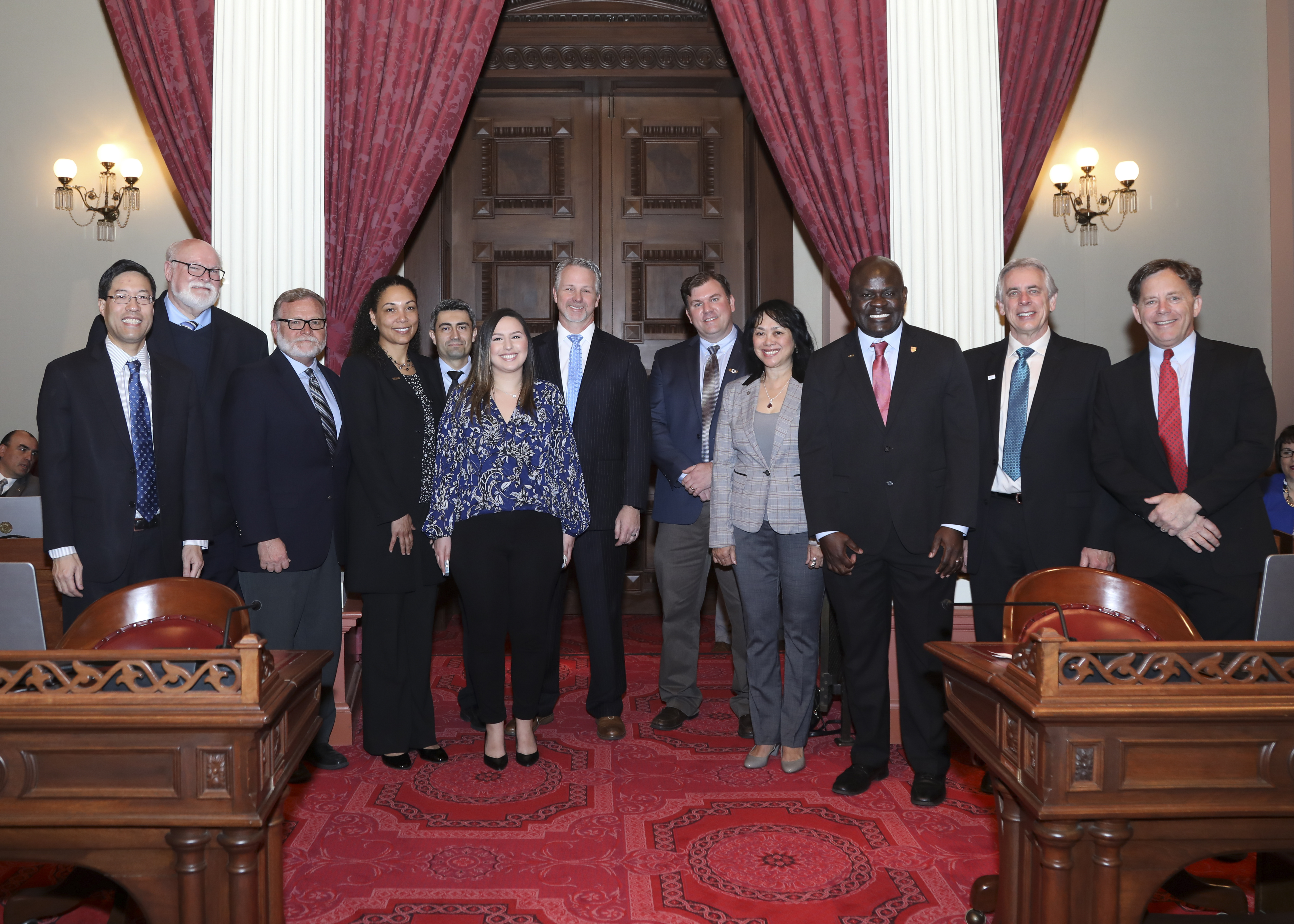 2018 National Engineers Week Resolution
2018 National Engineers Week Resolution
CalGeo participated in the development of the 2018 Engineers Week Resolution that was approved by the State Senate in February. This is an important document that recognizes the significant contribution of engineers in our society. CalGeo President, Bob Lokteff, was in attendance on the Senate floor when the resolution was introduced and approved. Download a copy of the Resolution language.
Current Legislation
CalGeo routinely meets with other California professional engineering and architecture associations to discuss legislation and build coalitions to enact, oppose and support new bills.
SB920
In February 2018 CalGeo joined the coalition to support SB920. This bill proposes to eliminate the sunset on the ability for engineering firms to form LLPs to pursue projects. Download a copy of the Support Letter.
